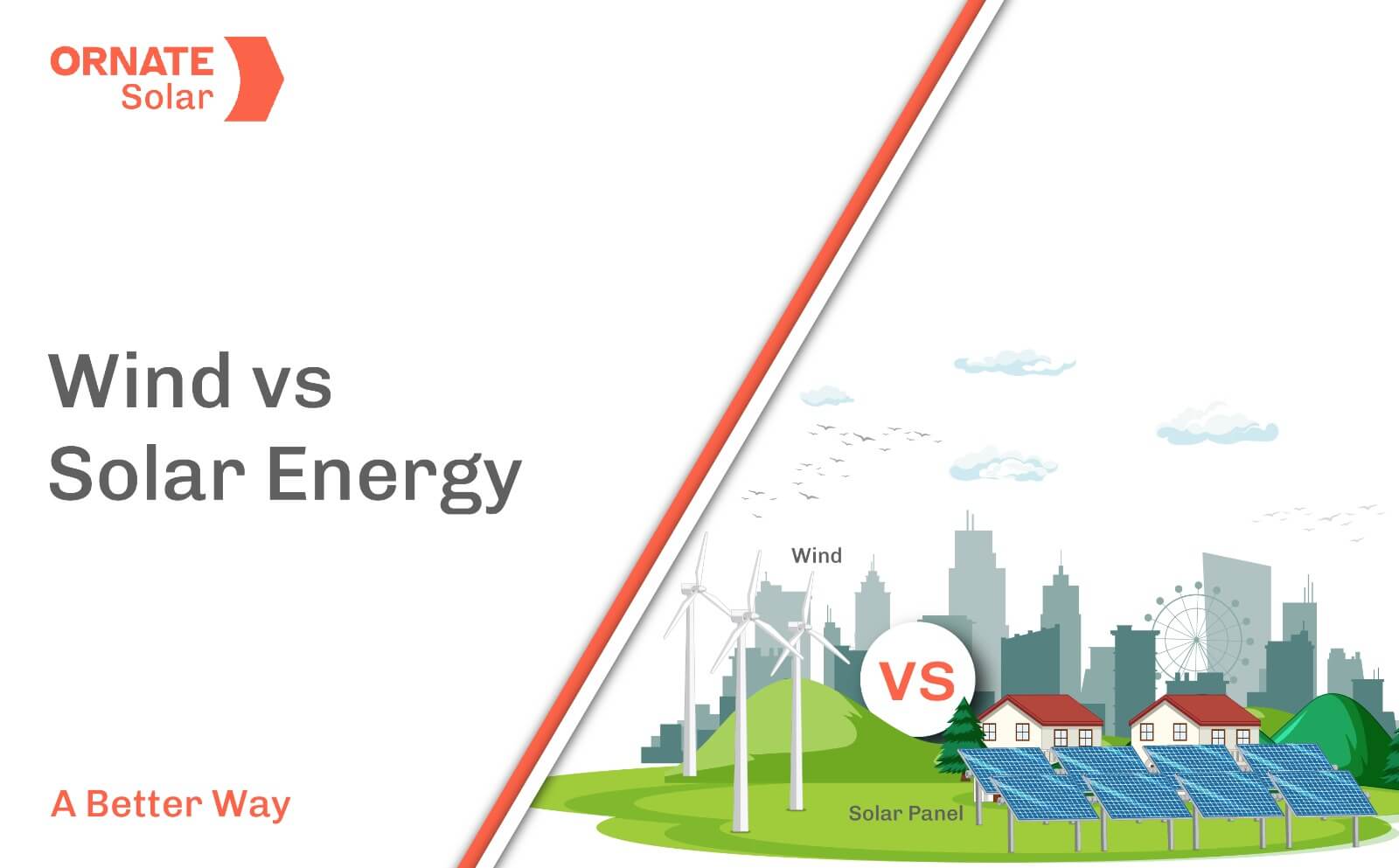

A massive amount of energy is required to keep the world running. In 2020, when many countries imposed a lockdown and industries ceased operations, the world consumed about 1,60,000 TWh of electricity. To paint a picture, that would be equal to a mountain of coal, ‘4 times bigger than Mount Kilimanjaro’.
That was two years ago. The demand for electricity has increased significantly since then. But the supply is still largely dependent on fossil fuels that are limited, unpredictable, and damaging to the environment.
Is there a renewable energy source that can match the energy generation from thermal plants? Can any green resource meet the world’s power needs?
The answer remains not yet. But we have two clean resources that might have the potential to stand against the non-renewable giants.
Wind Power and Solar Energy
Unlike coal, gas, oil, and petroleum, wind and sun are inexhaustible energy resources. But, harnessing these renewable sources is a challenge.
Large turbines, mounted at a certain height above the ground, produce wind energy. Wind moves the blades of this turbine, which are connected through the rotor to a generator. This generator converts the kinetic power of the wind into DC electricity.
Solar energy is extracted differently. Photovoltaic cells in the solar panels absorb the light from the sun and convert it into Direct Current (DC) power. The solar inverter converts this DC electricity into Alternating Current (AC), which powers our appliances.
Both solar and wind are clean energy sources, as they do not release pollutants into the air, during energy production. They are also domestically available, and hence reliable sources of energy.
Currently, the share of wind and solar energy in global electricity is close to 10%. While the figure is not too big, it is still impressive because the technology and infrastructure to harness these resources are fairly recent.
The Similarities
Out of the two, Wind Energy is the more common renewable energy source. It accounts for 33% of the total renewable energy capacity. Solar, on the other hand, is more accessible. It is becoming the fastest-growing renewable energy source.
Both sources have some common pros and cons.

Which Resource is Better?
Both solar and wind energy have their advantages and disadvantages. So to judge which source is better, we need to consider a few criteria:
Location
Wind turbines get installed in large open areas. The rotor must be at least 30 feet above the ground for an optimum generation. Moreover, these plants cannot be situated in urban areas due to their large space requirement. They have to be situated in remote areas with wind speeds between 15-90Km/hr. As a result, coastal areas are the best locations for installing wind turbines.
Solar power plants, in contrast, have fewer limitations when it comes to location. Power plants can be ground-mounted, installed over rooftops, or even over water bodies (floating solar plants). The only precaution that must be taken while installation is that the panels should face the sun, and there should be no shadows that fall on the modules.
Accessibility
Wind turbines are massive. That is one of the reasons why they are mostly set up in areas where habitation is limited. Moreover, the installation of turbines is costly. These space and cost factors make wind power inaccessible for many people.
While solar power plants have high installation costs, they do not require as much space. Building rooftops can be utilized to install small solar systems and generate electricity. Moreover, many governments across the world offer subsidies to encourage people to go solar, which makes solar energy much more accessible.
Efficiency
Efficiency is the amount of wind or sunlight that gets converted into power. Despite technological advancements, the infrastructure that converts these two sources into energy is limited.
Wind turbines have a maximum efficiency rate of 59.3%. That means, the turbines harness a little more than half the amount of wind and convert it into electricity.
PV modules, on the other hand, have an average efficiency rate of 15-20%. At maximum, the solar panels can convert 25% of the sun’s light into energy.
Durability
Both solar and wind power plants have a long shelf life.
Wind turbines have an average lifespan of about 25 years. The turbines have a gearbox, which is used to reach the correct rotational speed of the blades. This device requires annual maintenance.
Solar power plants can continue generating power for more than 30 years. The industry warranty is for 25 years. However, even after that period, many solar power plants continue functioning, with only minimal fall in efficiency.
Moreover, the plant will hardly require any maintenance during its life.
Noise
Wind turbines are noisy. That is why they have to be installed in remote areas. However, these plants still cause disturbance among local communities.
Solar power plants, though, are completely silent. There is no noise associated with the plants while generating power.
| WIND ENERGY | SOLAR ENERGY |
|---|---|
| Have to be Installed in Large open areas | Can be Installed over ground, roof, or water bodies |
| Not suitable for urban areas | Can be installed in urban or rural areas |
| Has over 50% efficiency rate | It has an average efficiency rate of 20% |
| Will produce energy during the day, night, or cloudy weather | Will produce energy only when the sun is shining |
| Turbines produce noise while working | No noise is produced during energy production |
| Annual maintenance is required on the gearbox | The plant will hardly require maintenance |
| Installation cost is very high | Considerably cheaper than wind turbines |
Solar energy is undeniably more accessible than wind power. It allows residential and commercial consumers to generate their electricity. Wind energy, on the other hand, is more efficient. However, due to its space requirement, it fails to be a feasible resource for many consumers.
The Potential for Wind and Solar Energy in India
India has immense wind energy potential. According to the Ministry of New and Renewable Energy, the country has a gross wind potential of 302 GW for plants above 100 metres, and 695 GW for those above 120 metres.
However, most of this potential is limited to 7 windy states, which include Gujarat, Rajasthan, Maharashtra, Tamil Nadu, Madhya Pradesh, Karnataka, and Andhra Pradesh.
As of June 30th 2022, the total wind capacity of India stands at 40.79 GW. The country ranks 4th in the world, in terms of wind energy,
For solar energy, India has a potential of more than 700 GW. Unlike wind power, this potential is distributed across the country.
There are a few states that are performing better than others when it comes to raising the solar capacity, such as Rajasthan, Karnataka, Gujarat, and Tamil Nadu. However, there are many other states, such as Assam, that have launched focused solar campaigns to harness their solar potential.
The Indian government is also constantly introducing new incentives to encourage residential and commercial rooftop installations. That is why the total installed capacity of solar energy has increased from 40 GW in 2021, to 57.71 GW in 2022. The nation has achieved 5th global position for solar power.
About Ornate Solar
If you are looking to install solar at your home, Ojas is the fastest and most reliable option. With just 4 hours of your time, 3 tools, and 2 people installation team, we will give you a solution that will generate free electricity for more than 25 years!
Ornate Solar is India’s leading solar company with 8 years of experience. By partnering with the best-in-class global solar brands, we bring the most reputed solar panels, inverters, and solar accessories to you and make your shift to solar cost-effective and easy.
We have also developed India’s first Integrated InRoof system- which turns solar panels into the roof and eliminates the need for sheet roofing.
We deliver across India.
For more information, please give us a call at 011 4353 6666.






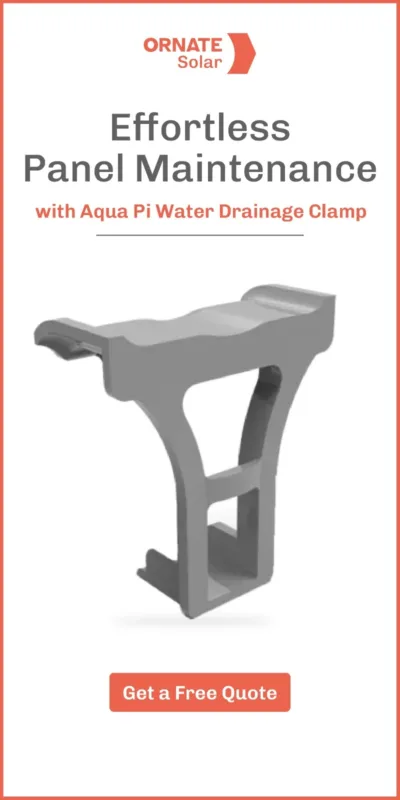






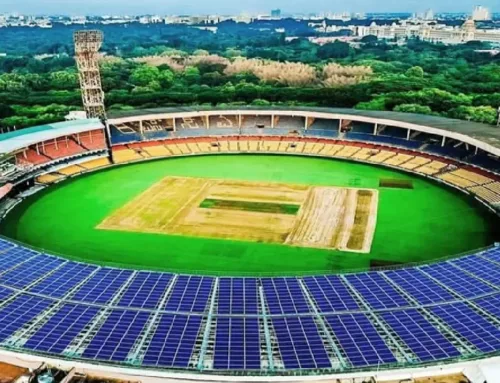
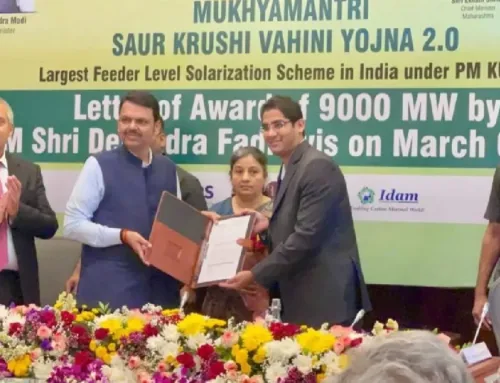
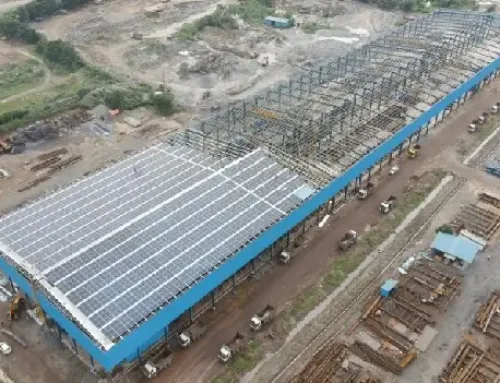
Your blog post resonated with me on a deep level.
It’s clear that you have a true passion for the subject.”
Thank you for sharing. It is very informative